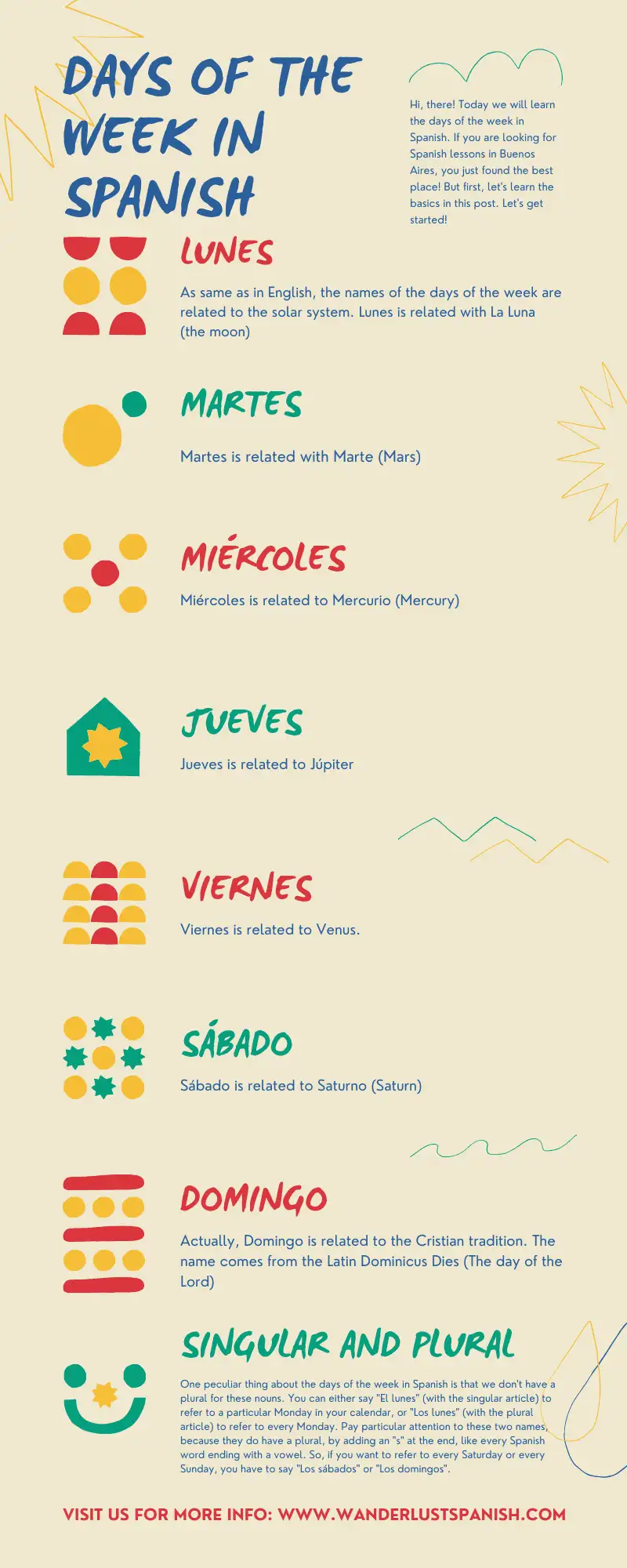The Spanish alphabet is the building block of the Spanish language, and learning it is one of the first steps towards mastering this beautiful and complex language. With 27 letters, including the unique letter “ñ”, the Spanish alphabet may seem intimidating to beginners, but fear not! Once you understand the pronunciation and usage of each letter, you’ll be well on your way to becoming a confident and skilled Spanish speaker.
In this blog post, we’ll explore the origins of the Spanish alphabet, the pronunciation of each letter, and provide examples of common words that begin with each letter. Whether you’re a beginner or an advanced learner, this guide will help you master the Spanish alphabet and take your language skills to the next level. Let’s get started!
The Spanish alphabet consists of 27 letters, which are similar to the English alphabet but with a few differences. The following is the list of Spanish letters in alphabetical order:
A, B, C, D, E, F, G, H, I, J, K, L, M, N, Ñ, O, P, Q, R, S, T, U, V, W, X, Y, Z
When teaching the Spanish alphabet, it can be helpful to focus on the pronunciation of each letter and provide examples of words that contain them. Additionally, it’s a good idea to practice spelling words using the Spanish alphabet to help students become more familiar with it.
Here’s a guide to help you pronounce each letter of the Spanish alphabet:
A – Pronounced “ah”, similar to the “a” sound in “father”.
B – Pronounced “beh”, with a soft “b” sound.
C – When followed by “a”, “o”, or “u”, it is pronounced like “k”. When followed by “e” or “i”, it is pronounced like “s”.
D – Pronounced “deh”, with a soft “d” sound.
E – Pronounced “eh”, similar to the “e” sound in “get”.
F – Pronounced “efeh”, with a soft “f” sound.
G – When followed by “a”, “o”, or “u”, it is pronounced like the hard “g” sound in “go”. When followed by “e” or “i”, it is pronounced like the “h” sound in “hello”.
H – Generally silent in Spanish, except in some words borrowed from other languages. In these cases, it is pronounced like the “h” sound in “hello”.
I – Pronounced “ee”, similar to the “ee” sound in “meet”.
J – Pronounced “hota”, with a guttural “h” sound, similar to the “ch” sound in “loch” or the “j” sound in “jungle”.
K – Pronounced “kah”, with a hard “k” sound.
L – Pronounced “ele”, with a soft “l” sound.
M – Pronounced “eme”, with a soft “m” sound.
N – Pronounced “ene”, with a soft “n” sound.
Ñ – Pronounced “enye”, with a sound that doesn’t exist in English. It’s similar to the “ny” sound in “canyon”.
O – Pronounced “oh”, similar to the “o” sound in “go”.
P – Pronounced “peh”, with a soft “p” sound.
Q – Pronounced “ku”, with a hard “k” sound, and is always followed by the letter “u”.
R – Pronounced as a single trill or tap of the tongue against the roof of the mouth, similar to the “rr” sound in “purrr”. If a word starts with an “r”, it is pronounced with a single tap of the tongue.
S – Pronounced “ese”, with a soft “s” sound.
T – Pronounced “teh”, with a soft “t” sound.
U – Pronounced “oo”, similar to the “oo” sound in “pool”.
V – Pronounced “beh”, with a soft “v” sound. In some Spanish-speaking countries, it is pronounced with a “b” sound.
W – This letter is not originally part of the Spanish alphabet and is only used in loanwords from other languages. It is pronounced “doble ve” or “doble uve” in Spanish.
X – Pronounced “equis”, with a sound that is similar to the “ks” sound in English.
Y – Pronounced “i griega” or “ye”, with a sound that is similar to the “y” sound in “yes”.
Z – Pronounced “zeta”, with a soft “s” sound. In some Spanish-speaking countries, it is pronounced with a “th” sound.

Here are some examples of Spanish words for each letter of the alphabet, along with a brief description of their meaning:
A – Amarillo: Yellow. This is a basic color word in Spanish, used to describe the color of many different objects.
B – Bailar: To dance. This verb is often used in the context of music and parties, and is an important part of many Latin American cultures.
C – Casa: House. This is a common noun in Spanish, used to describe a dwelling or place where someone lives.
D – Dormir: To sleep. This is a common verb in Spanish, used to describe the act of sleeping.
E – Escuela: School. This is a noun that refers to an educational institution where students go to learn.
F – Feliz: Happy. This is an adjective that describes a feeling of happiness or contentment.
G – Gato: Cat. This is a noun that refers to a domesticated feline animal.
H – Hacer: To do or make. This is a versatile verb in Spanish, used to describe a wide range of activities and tasks.
I – Imagen: Image. This noun is used to describe a visual representation of something, such as a photograph or painting.
J – Jugar: To play. This verb is often used in the context of games and sports, and can also mean “to gamble.”
K – Kilómetro: Kilometer. This is a unit of measurement used to describe distance, equivalent to 1000 meters.
L – Lápiz: Pencil. This is a noun that refers to a writing tool used to make marks on paper.
M – Música: Music. This is a noun that refers to sound organized in time, often for the purposes of entertainment or artistic expression.
N – Naranja: Orange. This is a basic color word in Spanish, used to describe the color of many different objects, as well as the fruit.
Ñ – Niño: Child. The letter “ñ” is a unique feature of the Spanish alphabet, and this noun refers to a young boy.
O – Ojo: Eye. This is a noun that refers to the organ of sight in humans and many animals.
P – Perro: Dog. This is a noun that refers to a domesticated canine animal.
Q – Que: That. This is a conjunction that is often used to introduce a subordinate clause in a sentence.
R – Rojo: Red. This is a basic color word in Spanish, used to describe the color of many different objects.
S – Salud: Health. This noun is used to describe the state of being physically and mentally well.
T – Televisión: Television. This is a noun that refers to a device used to display broadcasted programming.
U – Universidad: University. This is a noun that refers to an institution of higher education that grants degrees.
V – Vino: Wine. This is a noun that refers to an alcoholic beverage made from fermented grapes.
W – Wifi: Wifi. This is a noun that refers to a wireless network that allows electronic devices to connect to the internet.
X – Xilófono: Xylophone. This is a noun that refers to a musical instrument with wooden bars that are struck to produce sound.
Y – Yo: I. This is a pronoun that is used to refer to the speaker of a sentence.
Z – Zapatilla: Slipper. This is a noun that refers to a type of soft, comfortable footwear worn indoors.
In conclusion, the Spanish alphabet may seem daunting at first, but with practice and patience, you can easily master its pronunciation and usage. Remember that the key to success is consistency and perseverance. Try to practice each letter’s pronunciation until you feel comfortable with it, and don’t be afraid to ask for help or clarification when needed. By understanding the basics of the Spanish alphabet, you’ll be able to communicate effectively with native Spanish speakers, read and write in Spanish, and gain a deeper understanding and appreciation of the Spanish language and culture. We hope this guide has been helpful in your Spanish learning journey, and wish you the best of luck in your language studies!








